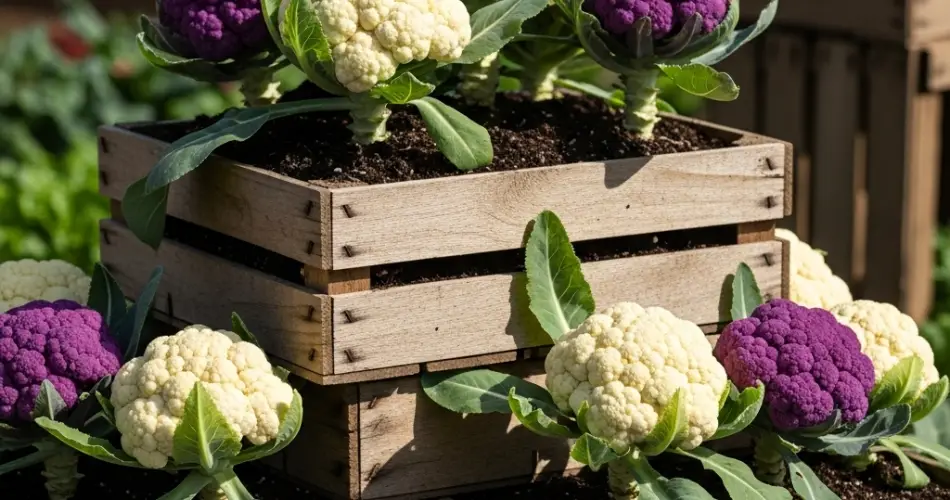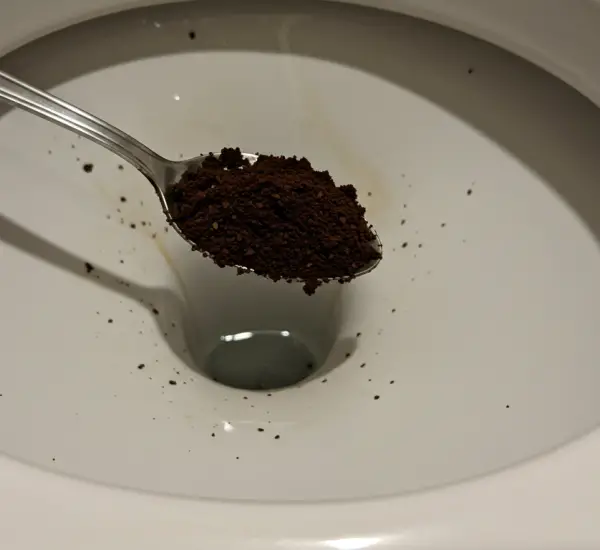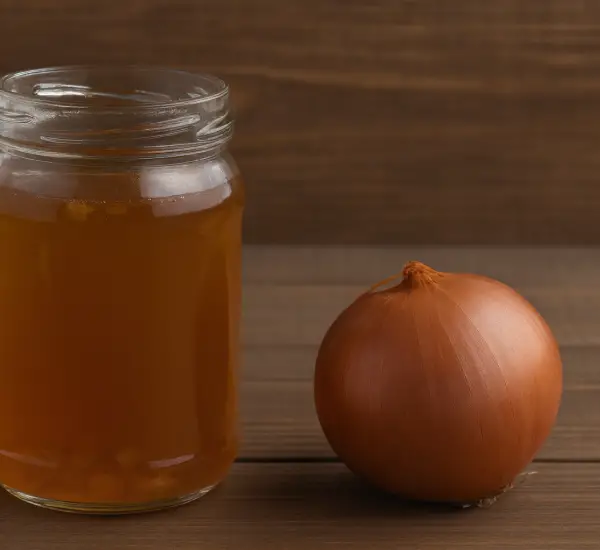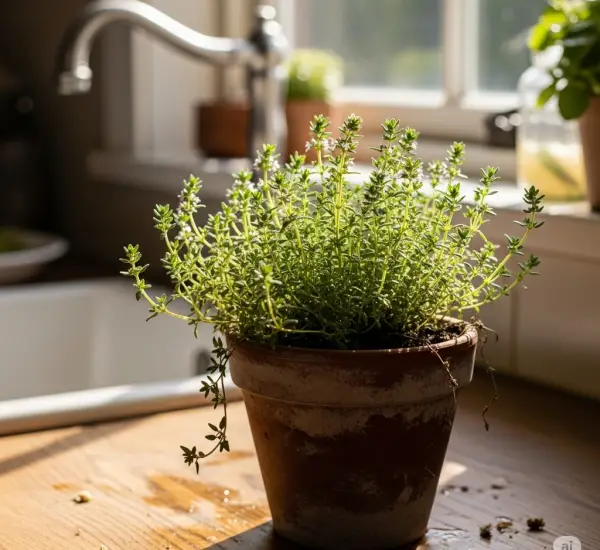Cauliflower is a nutritious and versatile vegetable that many gardeners aspire to grow at home. Known for its compact white heads and delicate flavor, cauliflower requires careful attention throughout its growth cycle, particularly when grown in confined spaces like wooden boxes. Since wooden box gardens have limited soil volume, proper fertilization is essential to ensure that plants receive all the nutrients they need. By understanding when and how to fertilize, gardeners can enjoy healthy growth and abundant harvests even in small urban spaces.
Why Wooden Boxes Work for Cauliflower
Wooden boxes make an excellent growing environment for cauliflower because they provide structure, drainage, and portability. A box at least 12–16 inches deep and wide gives roots enough space to establish, while wood helps regulate soil temperature more effectively than plastic containers. However, one challenge of growing in boxes is nutrient depletion. Because soil in containers cannot naturally replenish itself like ground soil does, regular fertilization becomes critical for successful cauliflower production.
Nutritional Needs of Cauliflower
Cauliflower is a heavy feeder, meaning it requires a steady supply of nutrients, particularly nitrogen, phosphorus, and potassium.
-
Nitrogen (N): Supports leafy growth, which is essential early in the plant’s life as it builds strong foliage to support head development.
-
Phosphorus (P): Encourages root growth and overall plant strength, helping cauliflower withstand stress.
-
Potassium (K): Enhances disease resistance, improves head quality, and supports efficient water use.
-
Calcium and magnesium: Essential for preventing issues like tip burn and promoting even head development.
Because of these requirements, cauliflower thrives when provided with balanced and continuous nutrition.
Preparing the Soil in Wooden Boxes
Before planting, enrich the soil to give cauliflower the best start:
-
Base mix: Combine loamy garden soil with compost, aged manure, and a small amount of coarse sand or perlite for drainage.
-
Organic matter: Work in at least 2–3 inches of well-rotted compost. This not only improves soil fertility but also increases moisture retention, which cauliflower loves.
-
Pre-plant fertilizer: Incorporate a slow-release, balanced fertilizer (such as 10-10-10) or organic alternatives like bone meal and blood meal into the soil.
This preparation ensures that young seedlings grow vigorously in their first few weeks.
Fertilizing During the Growing Stages
Cauliflower plants go through several growth stages, each requiring different nutrient support.
1. Early Growth (Seedling to 4 Weeks)
During this phase, focus on nitrogen for strong leaf growth. Apply a diluted liquid fertilizer, such as fish emulsion or compost tea, every 7–10 days. Avoid overfeeding, as too much nitrogen too early can cause weak stems.
2. Vegetative Stage (4–8 Weeks)
As the plant develops a large leafy canopy, continue nitrogen feeding but begin adding phosphorus and potassium. A balanced fertilizer (10-10-10) applied every two weeks works well. For organic gardeners, side-dress with composted chicken manure or worm castings.
3. Head Formation (8–12 Weeks)
When the central head begins to form, the plant needs consistent nutrients. Reduce nitrogen slightly and increase potassium for firm, compact heads. Apply a fertilizer high in potassium, such as kelp meal or a vegetable-focused blend, every two weeks. Side-dress with compost or liquid seaweed solution to boost micronutrients.
4. Pre-Harvest Stage
Continue with lighter feedings to avoid excessive leafy growth. Ensure calcium is available to prevent disorders like tip burn. A sprinkling of powdered lime or crushed eggshells around the soil surface can help.
Application Methods
-
Top dressing: Sprinkle fertilizer around the base of the plants, avoiding direct contact with stems. Water afterward to allow nutrients to soak in.
-
Liquid feeding: Dilute liquid fertilizers and apply directly to the soil for faster nutrient absorption. This is particularly useful during head formation.
-
Compost tea: A natural way to supply micronutrients and beneficial microbes that improve soil health.
Common Fertilization Mistakes
-
Over-fertilizing with nitrogen: Leads to lush leaves but small or poorly formed heads.
-
Irregular feeding: Nutrient gaps can stress plants and cause stunted growth.
-
Ignoring micronutrients: Lack of calcium or magnesium can result in poor head quality.
-
Not watering properly: Fertilizers need consistent soil moisture to be absorbed effectively.
Extra Tips for Success
-
Mulching: Apply a 2-inch layer of straw or shredded leaves to retain soil moisture and prevent nutrients from washing out.
-
Companion planting: Grow cauliflower with herbs like dill or vegetables like onions that don’t compete heavily for nutrients.
-
Seasonal timing: Since cauliflower prefers cool weather, fertilize more lightly in cooler months when growth slows, and maintain steady feeding during the active spring and fall growing seasons.
Conclusion
Fertilizing cauliflower in wooden boxes requires a thoughtful balance of nutrients at each growth stage. From nitrogen-rich feedings in the early weeks to potassium-heavy supplements during head formation, a consistent fertilization plan ensures strong, healthy plants. By preparing nutrient-rich soil, avoiding common mistakes, and tailoring feeding schedules to plant development, gardeners can enjoy crisp, flavorful cauliflower even in compact wooden box gardens. With proper fertilization, your crate-grown cauliflower will not only thrive but also reward you with harvests that rival those from traditional garden beds.




